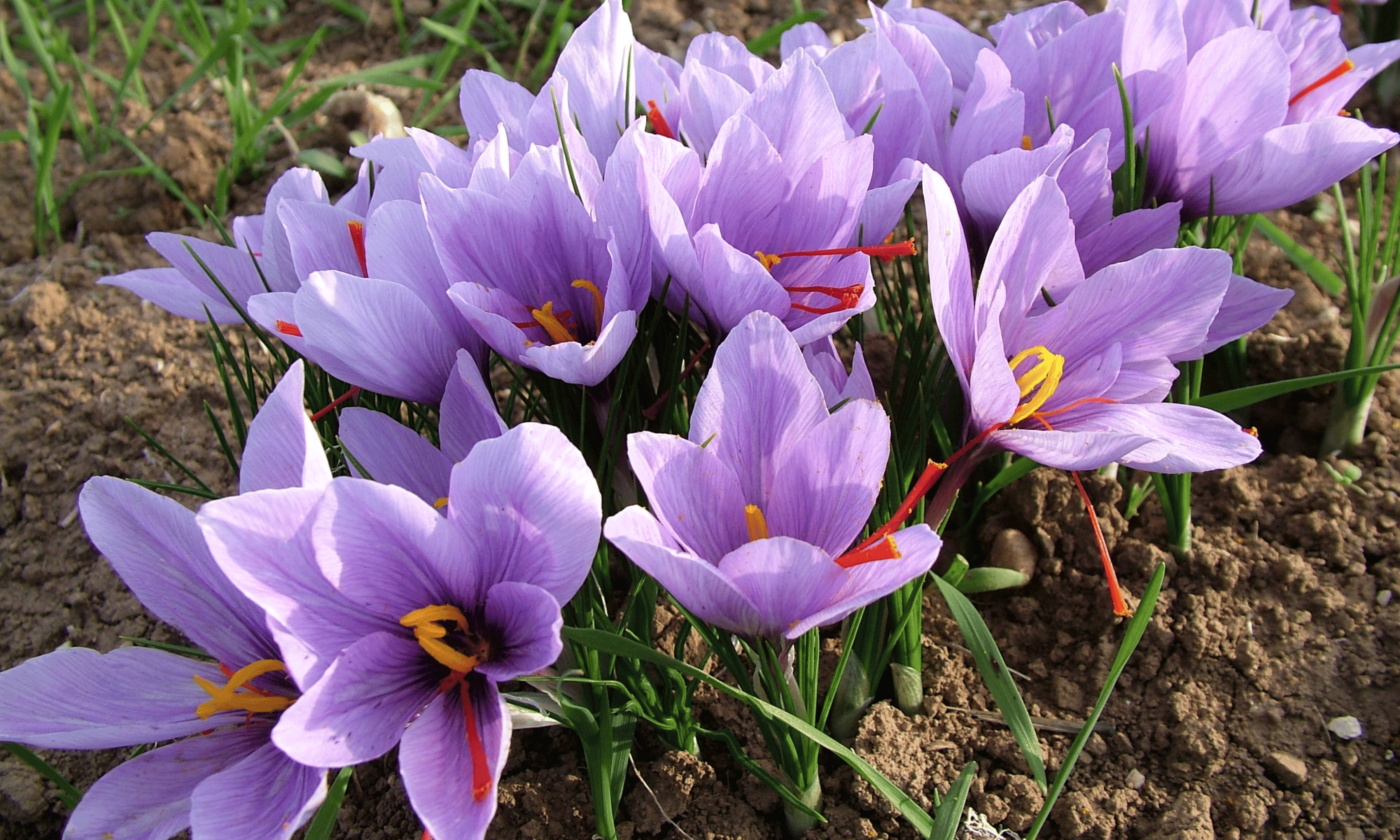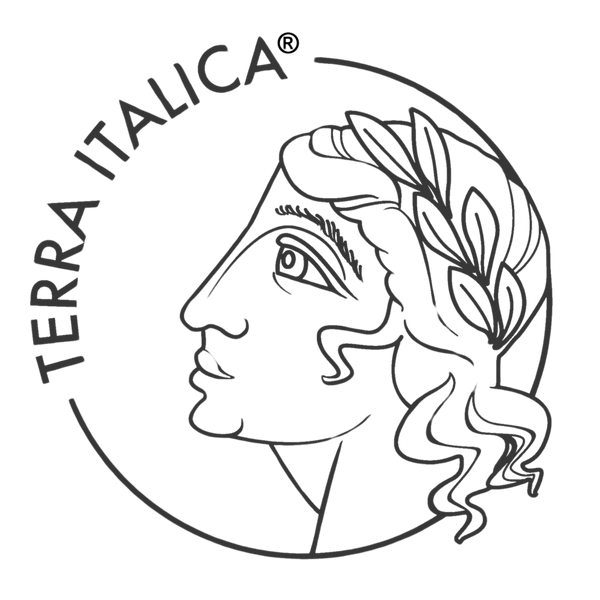The Heritage of the Territory
We are adjacent to the territory of the Gran Sasso and Monti della Laga Park.
The Navelli Plateau and neighboring territories are configured as a semi-mountainous territory, in some areas characterized by small differentiated agricultural processes, very little anthropized (in recent years the depopulation of the inhabited centers continues, especially by the younger segments of the population) and lacks large infrastructures and advanced services. We are therefore talking about a territory that has largely kept intact the characteristics of an almost uncontaminated, at times wild, natural environment.

The agricultural economy is supported by the cultivation of saffron and some cattle breeding. The cultivation of saffron is still anchored to manual processing if we exclude rare cases of mechanization in the transplantation of bulbs; once the flowering has been carried out (the collection of the precious stigmas), the petals are thrown away as agricultural waste.
However, in this territory there are suitable living conditions for plants unique in the world to be born and grow in a spontaneous and natural way, plants with special qualities, plants rich in extraordinary and particularly valuable elements.
These are plants unknown to most, yet most have made the history of this territory, due to the multiple uses to which they lend themselves, due to the fact that they are more than typical, unique to the Navelli Plateau, they can represent an element of great valorisation of the said territory.
-
Spontaneous plants
Spontaneous food plants, those plants that in the past allowed humans to eat and, together with cultivated plants, ensured their survival. Plants of popular tradition which, despite being rich in healthy properties, are no longer collected because the memory of their use has been lost. To name a few: Arctium lappa (burdock), Tarassacum officinalis (dandelion), Rosa canina (dog rose), Sambucus nigra (elder), Plantago lanceolata (plantain), Sonchus oleraceus (barberry), Sanguisorba minor (burnet), Alliaria petiolata ( alliaria), Papaver rhoeas (poppy), Silene vulgaris (strigoli), Urtica dioica (nettle), Foeniculum vulgare (wild fennel), Silybum marianum (milk thistle), Apium nodoflorum (water celery), Heracleum sphondyllium (hogweed), Capsella bursa-pastoris (shepherd's purse), Chenopodium bonus-henricus (wild spinach), Achillea millefolium (yarrow), Borago officinalis (borage), Robinia pseudoacacia (robinia) etc.
-
Dyeing Plants
Dyeing plants, the territory is very rich in these plants as the native plants, those originating from these latitudes, have been added to those which in the past were imported from distant countries with the aim of dyeing wool which was the most important wealth of the place, but they have now become spontaneous. This is the case of: Anthemis tinctoria (dyer's chamomile), Papaver rhoeas (poppy), Salix caprea (willow), Galium verum (solfino rennet), Fagus sylvatica (beech), Verbascum thapsus (barbasso yew), Prunus mahaleb (cherry canine), Rubia peregrina (wild madder) these are the native ones; Isatis tinctoria (blue, woad), Rubia tinctorum (red, madder), Reseda luteola (yellow), Crocus sativus (saffron, yellow) the wild ones.
-
Medical plants
Medicinal plants, phytocosmetics, are perhaps the most important group, as their availability in the area and the knowledge of their properties represented for the ancient populations a pharmacy that was always open and free. We remember: Hypericum perforatum (St. John's Wort), Arnica montana (arnica), Calendula arvensis (marigold), Helichrysum italicum (helichrysum), Chamomilla matricaria (chamomile), Ruscus aculeatus (butcher's broom), Silybum marianum (milk thistle), Hippocastanum (wild chestnut) , Achillea millefolium (yarrow)
-
Rare plants
Rare plants, among which the Goniolimon italicum excels, which in the world only grows in some areas of L'Aquila, Adonis vernalis (from a separate range), Pulsatilla montana (from a separate range), Dictamus albus (in the process of becoming rarefied)
With the park's botanists we studied and learned to recognize many of the 2364 floristic species recorded. But simple knowledge of plants was not enough for us: we researched and explored their use, and we still provide for the diffusion of this heritage. This is how the Natural Dyeing, Phytoalimurgia (nutrition with wild plants) and, obviously, those for the production of Natural Soaps courses were born.



